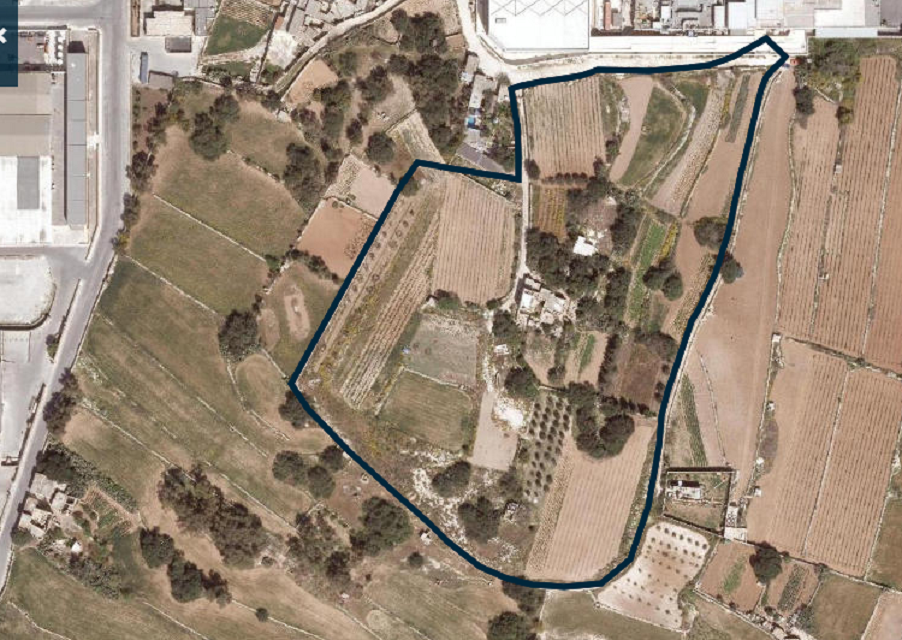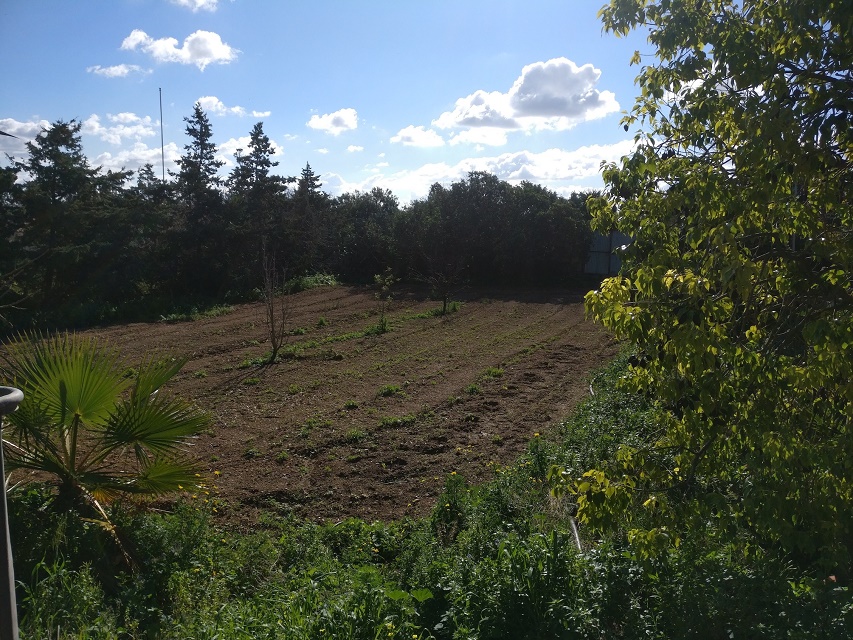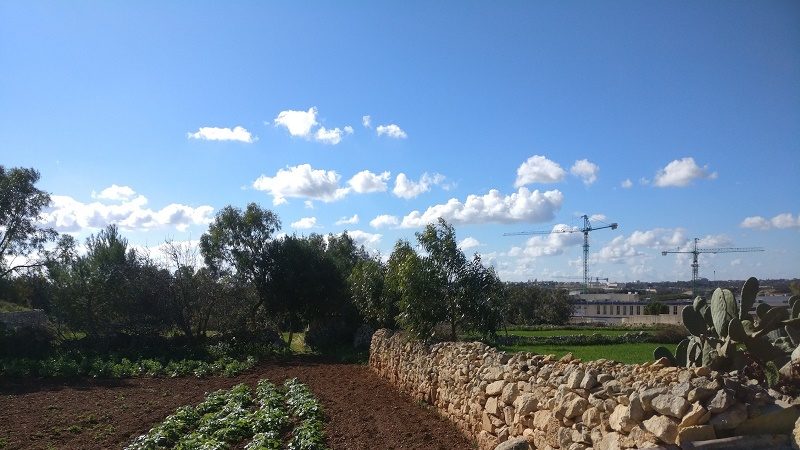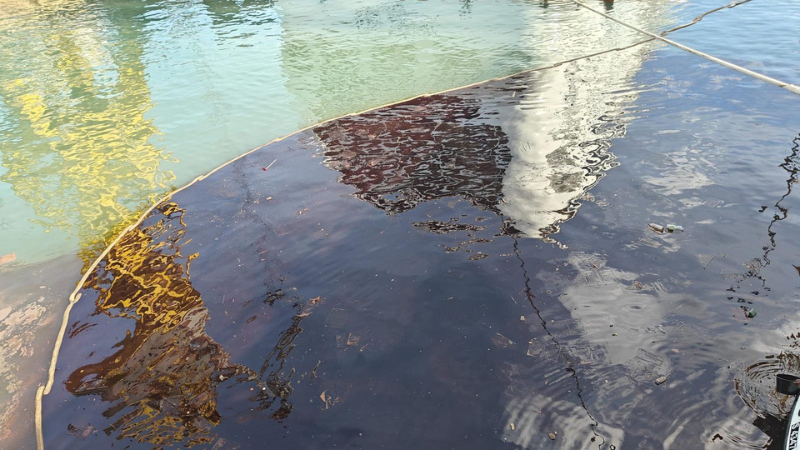An extensive area of agricultural land which is still being used for growing vines, potatoes and other crops and which includes more than 70 carob trees is being earmarked for the expansion of the Bulebel industrial estate.
Farmers have already received a notice to evacuate the fields which are on government owned land.

The local plan approved in 2006 states that although the land in question was designated as part of the Industrial Estate in the 1988 Temporary Provision Schemes, it recommends further studies “to determine the agricultural value of the area before any additional industrial development can be permitted”.
But Malta Industrial Parks (MIP) expansions are exempted from requiring a full development application. A Development Notification Order, normally applied to minor applications suffices for any works in industrial estates. But the local plan’s call for more studies before any permits are issued in the area in question should preclude the use of the DNO procedure.
A planning application for the construction of a factory in the area presented in 1994 was later withdrawn.
Apart from its agricultural value the land in question may have archaeological value due to the Punic tombs continuously being discovered in its vicinity.

Land is still being tilled by farmers who according to government have no legal title to the land in question.
A spokesperson for Industry Minister Chris Cardona insisted that the land in question is already included in “planning policies as land earmarked for industrial expansion”.
Moreover according to the ministry farmers in the area described as the “current occupiers” do not hold any title whatsoever.
Asked whether MIP will present a DNO application instead of a full planning one, the Ministry replied that “given that the area is already zoned for industrial use, MIP will follow the mechanism that it has with the Planning Authority when it comes to development applications”.
According to the Ministry spokesperson it is also the MIP’s intention “to safeguard when possible any valuable trees in the area”.
“The planning considerations that MIP will conduct includes the possible inclusion of ‘natural lungs’ that provide break-out spaces integrated within its industrial project where possible”.

Trees and agricultural land threatened by industrial development













